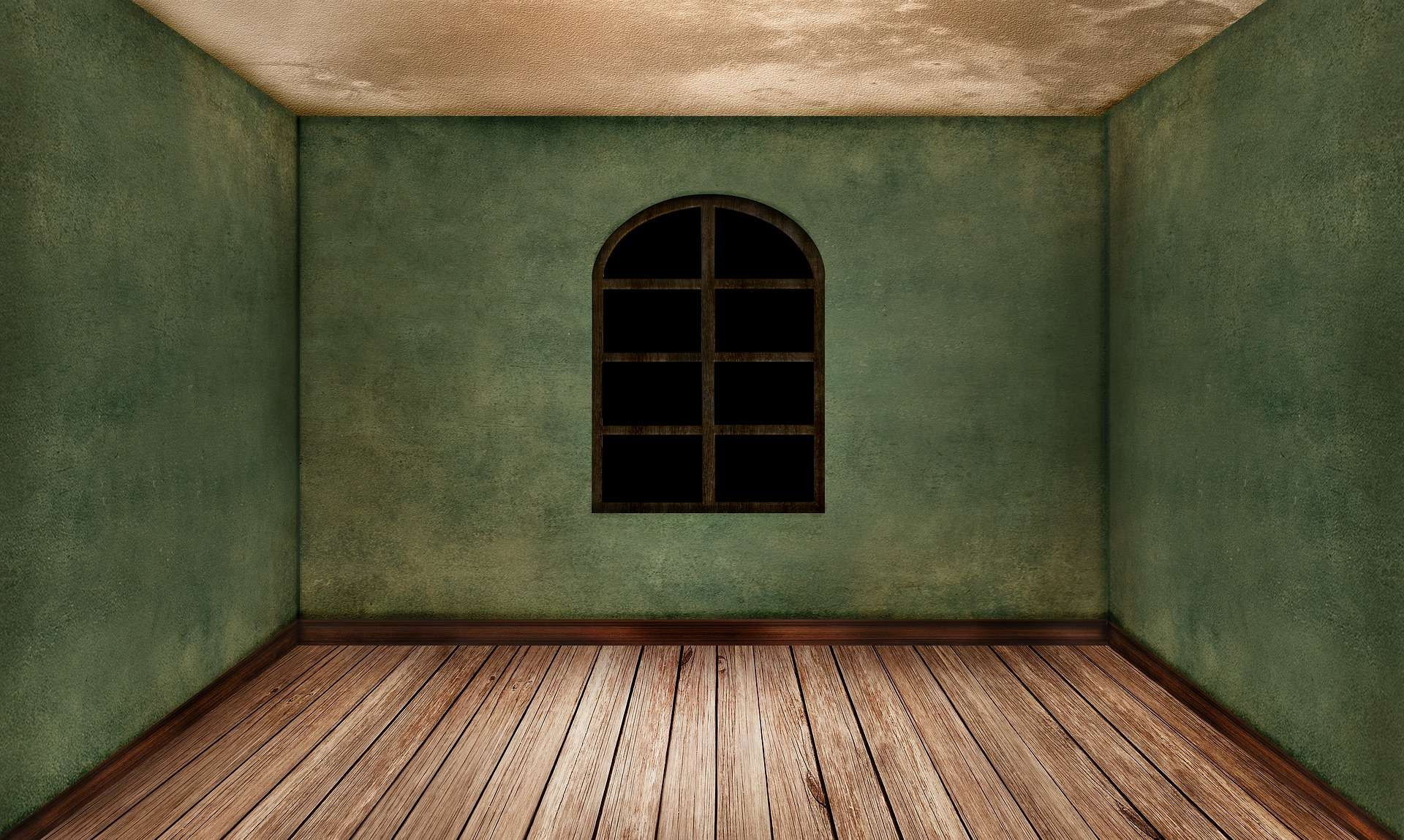

Are you looking for environmentally conscious and stylish sustainable flooring? If so, you've come to the right spot!
Many homeowners in today's society opt for sustainability as a means of reducing their impact on the environment.
In addition to saving natural resources, eco-friendly flooring enhances indoor air quality, increasing the comfort and productivity of your house.
Using sustainable flooring materials plus the right laminate underlayment to increase durability and insulation is one of the best methods to make your house more environmentally friendly.
In this article, we'll examine a variety of environmentally friendly flooring options to assist you in making an informed choice.
Eco-friendly flooring aims to lessen its negative effects on the environment without sacrificing usability or style. These floors use less energy and produce less waste since they are made of natural, recycled, or renewable materials.
Because they are durable, low-maintenance, and chemical-free, many eco-friendly flooring options are safer for your home.
Sustainable flooring enables you to reduce your carbon footprint while designing a visually appealing and comfortable living space, whether you're remodeling or starting from scratch.
These are a few of the greatest environmentally friendly flooring choices that combine durability, design, and sustainability.
Bamboo's quick growth rate and renewability make it a popular choice for sustainable flooring. Bamboo matures in three to five years, as opposed to decades for typical hardwoods.
It comes in a variety of styles and finishes and is also long-lasting and moisture-resistant. Bamboo flooring is a great option for busy homes because it is also resilient to heavy foot activity and easy to maintain.
Cork flooring, made from the bark of the cork oak tree, is both renewable and biodegradable. Because it is not damaged during the harvesting process, the tree's bark can renew every few years.
Because cork flooring is inherently resistant to mold, mildew, and rodents, it's a secure and cozy option for your home.
Additionally, it has excellent thermal insulation and soundproofing qualities, which save energy costs and maintain pleasant interior temperatures.
In addition to having a rustic appeal, reclaimed wood lessens the need for recently cut trees. This alternative reduces waste while reusing old wood from industries, warehouses, and barns.
It is less harmful to the environment than traditional hardwood flooring while maintaining the same level of elegance and durability. Each plank has its own texture and character, giving any area an exquisite and timeless look.
Linoleum, unlike its synthetic counterpart, vinyl, is composed of natural elements such as linseed oil, wood flour, and jute. It is biodegradable, incredibly durable, and comes in a variety of colors and patterns.
Linoleum is also naturally antibacterial and simple to maintain, making it an ideal alternative for allergy sufferers.
Its long lifespan of up to 40 years adds to its environmentally beneficial nature by eliminating the need for regular replacements.
Tiles manufactured from recycled materials, such as glass or porcelain, are a great environmentally friendly flooring option.
These tiles come in a range of hues and patterns and are durable and harmless. In addition to saving landfill space, using recycled tile gives your home a sleek, contemporary appearance.
Recycled glass tiles also reflect light brilliantly, making a space brighter while maintaining a contemporary appearance.
Despite not being a renewable resource, natural stone is incredibly durable and long-lasting, so it doesn't need to be replaced very often.
Granite, limestone, and slate are all materials that provide a classic style and may be obtained locally, which lowers emissions from shipping.
Natural stone flooring is a great alternative for households that are health-conscious because it also enhances indoor air quality by lowering allergens and dust accumulation.
Polished concrete is an energy-efficient flooring solution that takes advantage of existing slab foundations. Refinishing and sealing concrete allows homeowners to get a sleek and modern look without the use of additional materials.
Concrete flooring is also ideal for passive solar heating, which helps to manage indoor temperatures while reducing energy use.
They are extremely robust and can last for decades with no care, making them one of the most affordable, eco-friendly solutions available.
A: Since they are sustainable and beneficial for the environment, bamboo, cork, and repurposed wood are great options.
A: Indeed, bamboo is a more sustainable option because it grows much more quickly than hardwood.
A: Indeed, materials like concrete, bamboo, and repurposed wood are incredibly durable and strong.
A: Of course, there are no dangerous chemicals or volatile organic compounds present in materials like stone, linoleum, or cork.
A: If it is regularly cleaned with mild, eco-friendly cleaning agents and kept out of excessive moisture, it will stay in good condition.
Choosing environmentally friendly flooring can help make your house more sustainable. Whether you like the warmth of reused wood, the toughness of bamboo, or the attractive look of recovered tiles, there are a number of solutions to suit your aesthetic and environmental preferences.
Making informed decisions enables you to design a beautiful, eco-friendly living space that benefits both your home and the environment.
The switch to eco-friendly flooring represents a small but crucial step toward a more environmentally friendly future for the generations to come.
Hello there, My name is Caden Rodriguez, and I adore web development, technology, and the great outdoors. I enjoy investigating the convergence of technology, home improvement, and lifestyle.
I believe that even minor adjustments in our decisions can lead to a brighter future, which is why I want to create a blog about sustainable house solutions.
I hope you've learned more about the greatest environmentally friendly flooring solutions.
What are your thoughts about eco-friendly flooring? Please leave a remark or discuss your experiences; I would love to hear from you!
Andrew , B. (2024, May 21). An Expert’s Guide to Sustainable Flooring. Gbd Magazine. https://gbdmagazine.com/guide-to-sustainable-flooring/
Bowyer, J. L. (2019, January 14). Comparison of Environmental Impacts of Flooring Alternatives. Dovetailinc. https://dovetailinc.org/upload/tmp/1579549416.pdf